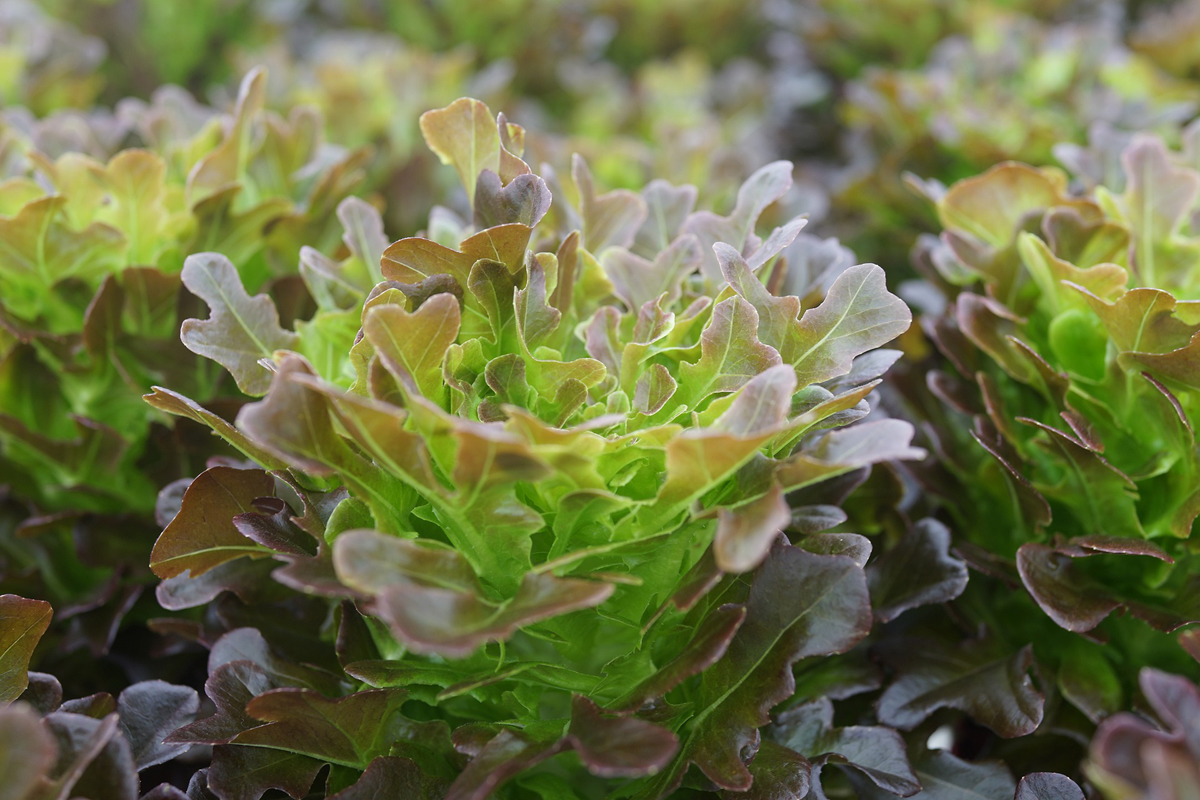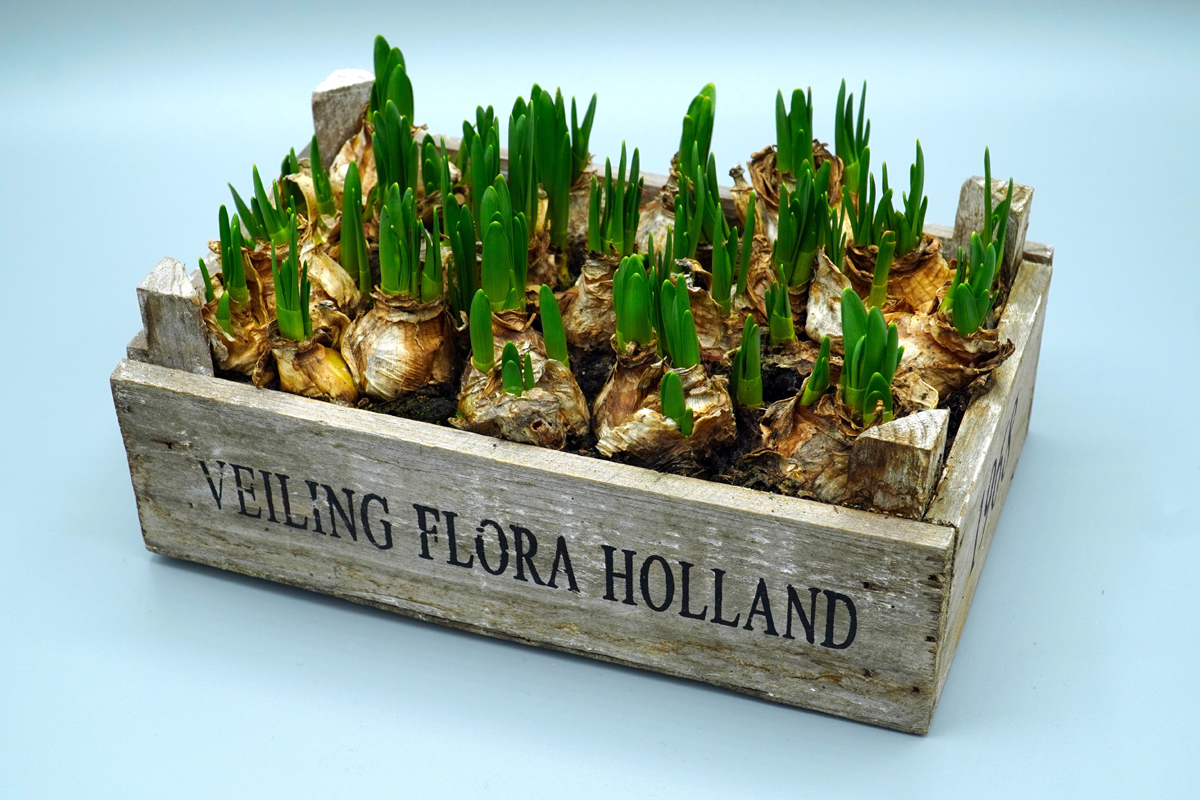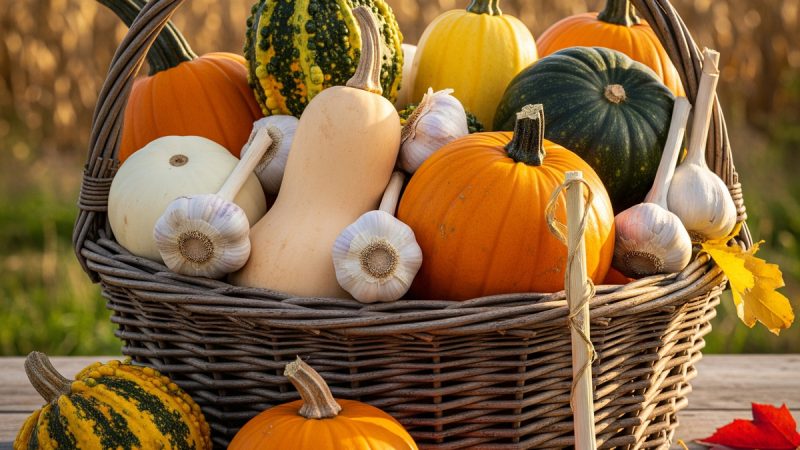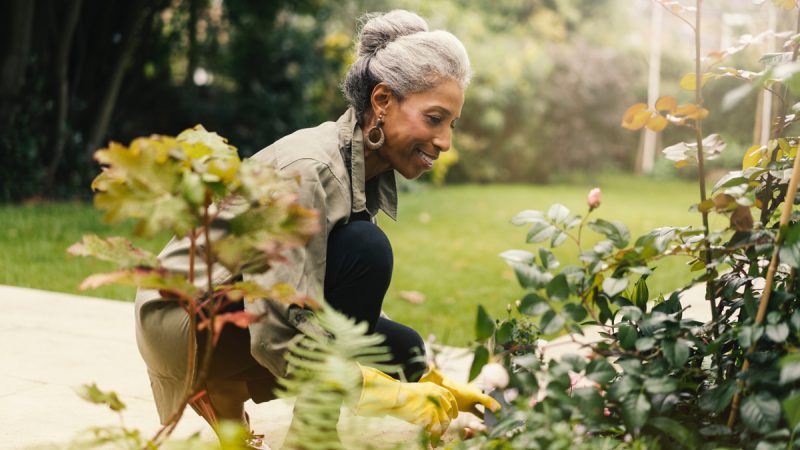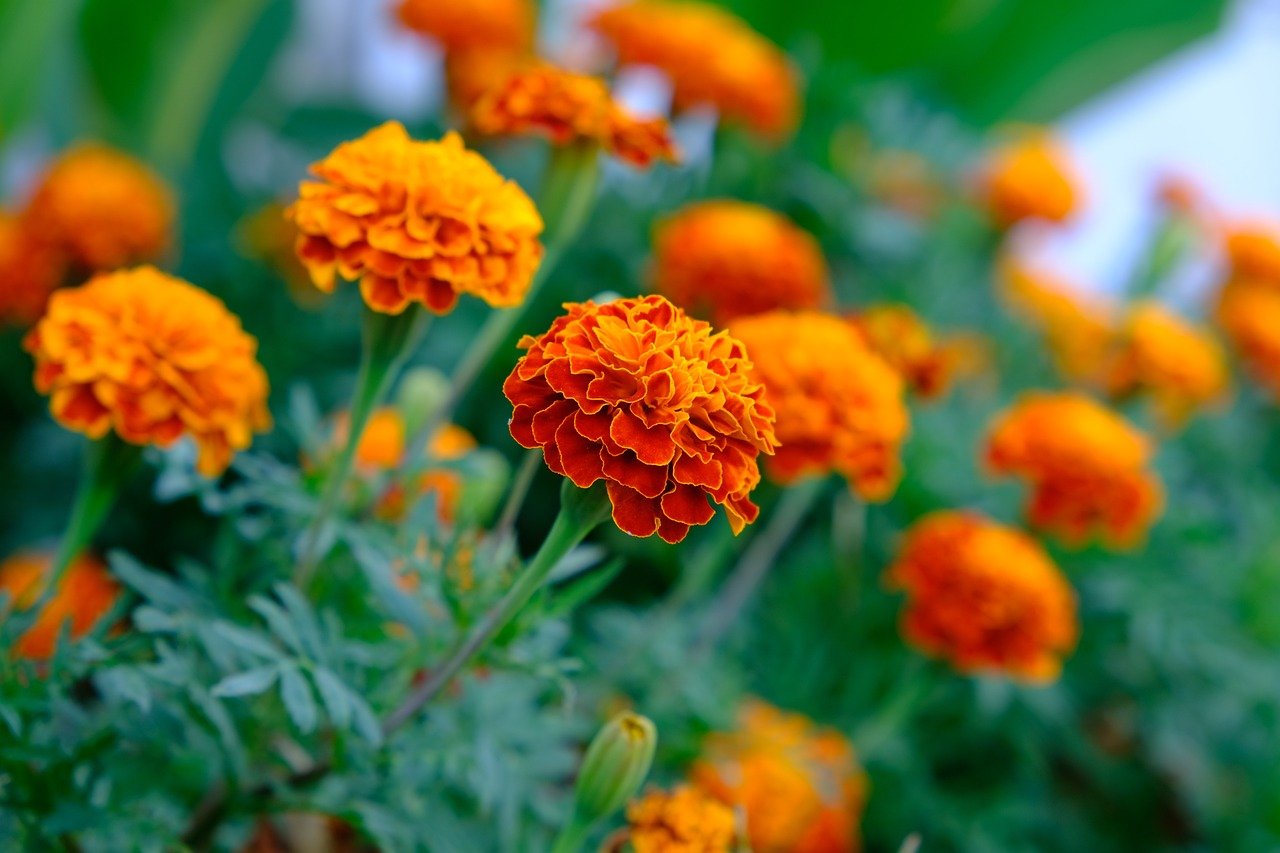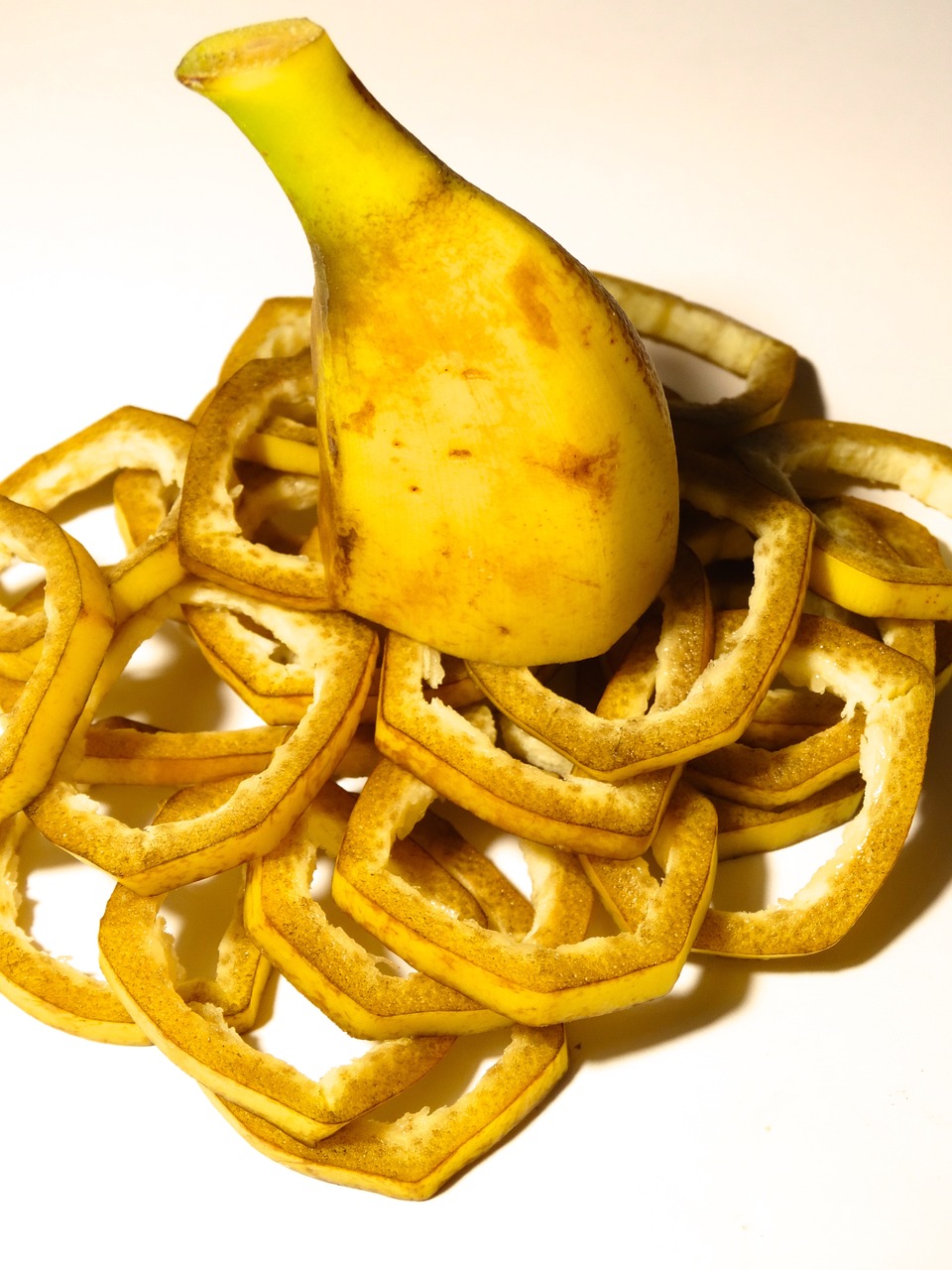How to Choose a Pot and Planter
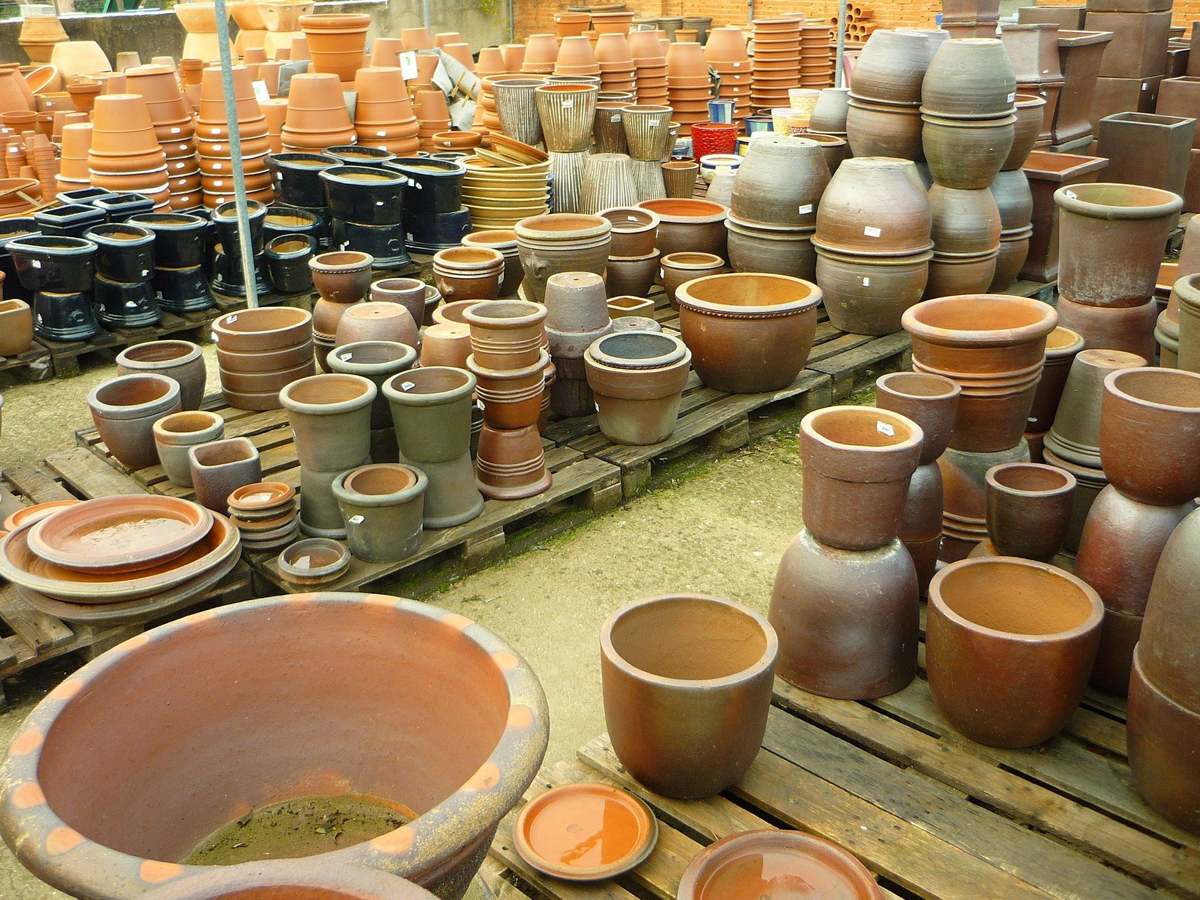
There are signs all around us that spring will soon be here. The song birds are returning, buds are starting to appear on the trees, and the sales ads at all the garden centers and home improvement stores are filled with pictures of lush, healthy plants in pots and planters.
But don’t be tempted to run out and start stocking up just yet. Those pots and planters may look great, but before you buy, make sure you know what they’re made of and if they’ll work well for you. Plant containers are made from all sorts of materials, from the inexpensive plastic pots to the ceramic and fiberglass resin planters.
Because they are the most readily available and least expensive, plastic and clay are the two most popular options. Drainage is very important for all plants to prevent root rot so make sure that whatever container you purchase there is a drain hole in the bottom of the pot or a way to drill a hole.
Plastic Pots
Plastic is by far the most popular material used in plant containers. It can easily be molded into all shapes and sizes, and comes in colors as varied as the rainbow.
Terra Cotta Pots
The classic Terra cotta, or clay pots are another popular option. You’ll find them in all shapes and designs at your local gardening store. They are usually red, but can be painted any color or add your own masterpiece to the pot.
Terra Cotta has Two (Rustic) Looks
One: You leave them alone and let them age. The salts and alkali will stain the outside of the pots. Moss and mold will grow on the outside of the pots. The life of the pot will be short — about 3 to 4 years before they breakdown and crumble.
Two: To maintain the natural clean look of terra cotta without adding a glaze spray the terra cotta pot with a sealant such as Spray N’ Seal a pottery sealer. The sealant waterproofs the clay to help prevent the alkali and salts from accumulating and prevents the moss and mold from growing on the pots. By sealing your terra cotta pot it strengthens the pottery against chipping and flaking in frosty weather which will extended the life of the pots.
Foam Pots
These containers come in a variety of shapes and they are lightweight which makes them easier to handle. The drawback, however, is that they are not very durable. If knocked around they can crack and brake easily.
Fiberglass Resin Urns and Planters
Fiberglass containers are lightweight, durable, and resistant to water and extreme weather damage. They come in a variety of colors and designs. They can cost as much or more than ceramic pots, but are extremely durable.
Ceramic Glazed Pots
These come in a wide variety of shapes, colors, and styles. You can find something to match just about every decor. The glazing on the outside makes them durable, but over time, you may have problems with chipping off of the glaze by water seeping through the clay from the inside of the pot. To prevent this spray the inside with Spray ‘N Seal Pottery Sealer before adding soil.
Wooden Barrels and Planter Boxes
They come as the traditional half whisky barrel or the red wood or cedar wooden barrel and planter box made to be planters, and add the rustic look of wood to your garden.. They are heavy and the bottoms rot out after a few years. By giving them a lift it will extend the life of the planters.
Give Your Pots a Lift
It doesn’t matter if your plant is in a $5 plastic container or a $100 ceramic pot. If you’re not careful both will stain your deck, carpets and wooden floors. Prevent this from happening by giving your pots a lift. Use a product like The Down Under Plant Stand to raise the pot and saucer off the decks and floors. This allows air to circulate under the pot and tray to evaporate the excess water and condensation which causes the damage. Also consider placing the plant stand not just under the saucer but in the saucer to raise the pot out of the water that accumulates in the saucer. This will allow good drainage of your pots which your plants will love.
The Down Under Plant Stand uses four plastic arms to lift the pot off the floor, promoting air flow and proper drainage that protects the pot and plant. The stand can be adjusted to fit virtually any size pot by simply trimming off the excess length on each support arm so it hides under the pot. No need to worry how much your pot weighs for this floor and deck saving device can support up to 500 pounds.
The Author:
To learn more about how to protect your pots, plants, decks and floors, or to find a Down Under Plant Stand retailer near you, visit www.theplantstandco.com or call (800) 834-9317.

